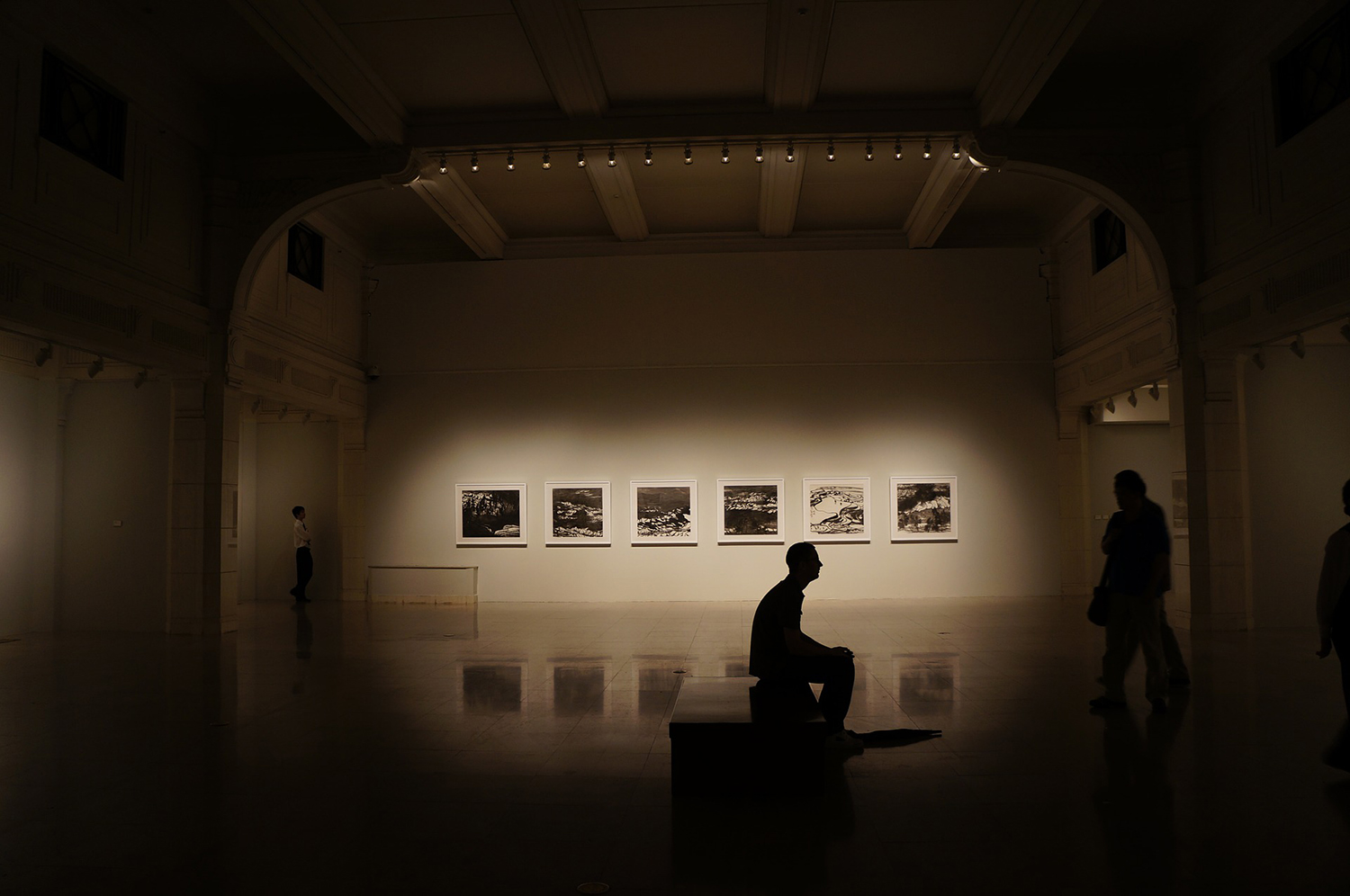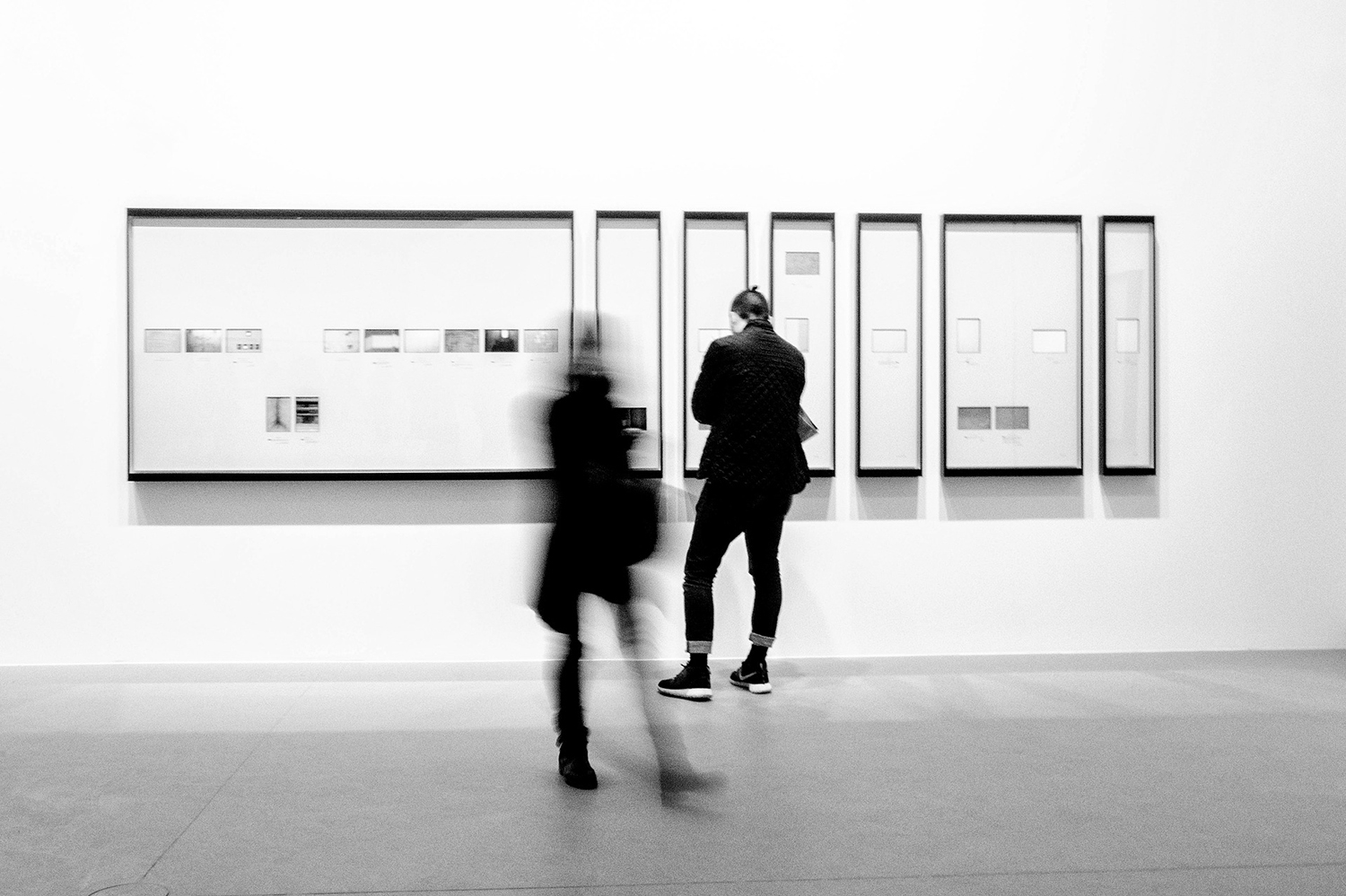It all starts with a plan.
You’ve just completed this wonderful decade-long photography project and you want to show it off to the world. How do you do this?
Should you email images to family and friends? Should you post photos to Instagram?
Sure, everybody will give you a thumbs-up, red hearts, and smiley face emojis, but they really won’t see the excellent quality of the images your skills as a visual artist have created. The online gallery is limited in that way.
What if your photographs are printed and displayed so the world can see them in person? What about an exhibition?
Displaying your work to the public can be exhilarating and motivating!
Get your work out there and change the world.
There are many places that will exhibit your work – banks, hospitals, libraries, restaurants, schools, etc., but you should think about your message when choosing an exhibition venue.
What do you want to say with your work? Who is your potential audience? Is your work artistic or educational? Is it historical or social-political?
The Nuts And Bolts Of A Proposal
When you decide on the message you wish to convey, most venues require a written proposal that usually includes:
- an artist’s statement
- a resume
- a link or downloadable file of a few specifically sized images (most venues give guidelines)
The artist’s statement should be clear and concise. It will answer questions before the venue committee should even ask. I sometimes use the who-what-when-where-why method to write my proposals. But don’t get caught up in the details. The proposal is usually one page.

The resume should show your accomplishments within the last 10 years or so. It’s okay if this is your first try at an exhibition, but flaunt your past and current work experience and/or your capabilities.
Even if your current job is to fry chicken, show that you are the best chicken fryer your employer has ever had!
If a CD is required, be sure to follow the guidelines. This usually entails a maximum number of images and specific size requirements. If the files are in the wrong format or cannot be opened, your proposal packet will be tossed.
The committee probably has to view hundreds of applicants and they don’t need unwarranted frustration.
The Work Before The Work
Before I submit my proposals, I usually have someone else read over my writing for clarity. Ideally, they will have no idea what this proposal is for.
I strongly suggest this. You know what you’re asking for and the content appears to be clear to you, but having another set of examining eyes will catch things you’ve missed.
Those other eyes may or may not confirm the clarity of your proposal. If they get it, usually the venue committee will also get it.
If the venue committee accepts and approves your proposal, then you should start preparing for the exhibition. Do not procrastinate.
Learn when to hear and when to listen. You will not only grow as an artist but also as a human being.
Start Now!
If at all possible, try to prepare 6 – 12 months before the show opening. Have you ever heard of the Murphy’s Law? Anything that can go wrong will go wrong!
There are a few ways you can prepare.
First, the size of the exhibition space will determine the number of images to display, so I initially over-choose.
In other words, if the space is allotted for 20 images, I will double that number and begin with 40.
Then I download the images into a folder on my laptop and invite a small number of friends over to view and help narrow my selection (food and alcohol are good enticements).
The Method Behind Someone Else’s Madness
My images are my babies and I love them all, but they may not all fit in the space or meet the project scheme. Other sets of eyes may see something I don’t (remember, I’m enamored with my babies).
All I see is a beautiful photograph that I created, but the content may not be balanced or strong enough to fit into this particular visual story.
So, I ask bias but trustworthy eyes to help me decide. My group may consist of 1-2 photographers and a few “regular” folks who represent the general public.

Keep it small – usually, no more than five people total. You don’t want too many cooks in the kitchen and they may eat all your food and drink all your alcohol!
Interpret their comments constructively. Learn when to hear and when to listen. You will not only grow as an artist but also as a human being.
Pro Tip: If you want the truth, make sure your editing group is opinionated. Don’t tell them what the show is about. Your initial selection of images should be strong enough to speak for themselves. Also, your group’s criticism may help you see things differently.
The Easy Way To Choose The Right Photographs
From these small editing parties, I have learned to make 3 categories to put the selections into:
- Yes
- No
- Maybe
These folders should be obvious, but if not, Yes means that I will definitely include this photograph in the exhibition.
No means don’t even think about displaying it.
Maybe means, “If need be, let’s come back to this one later.”
If the allotted number has not been met in the Yes folder, I serve another round of drinks and we revisit the Maybe folder to meet the quota.
Get Out There!
If you haven’t displayed your work to an audience in a gallery, you need to give it a try. It’s like Annie Dillard said in her book The Writing Life,
“The impulse to keep to yourself what you have learned is not only shameful, it is destructive. Anything you do not give freely and abundantly becomes lost to you.”
Get your work out there and change the world.



